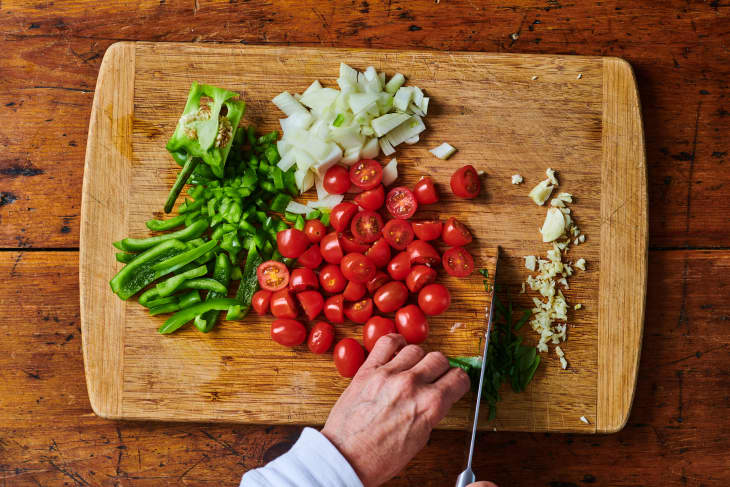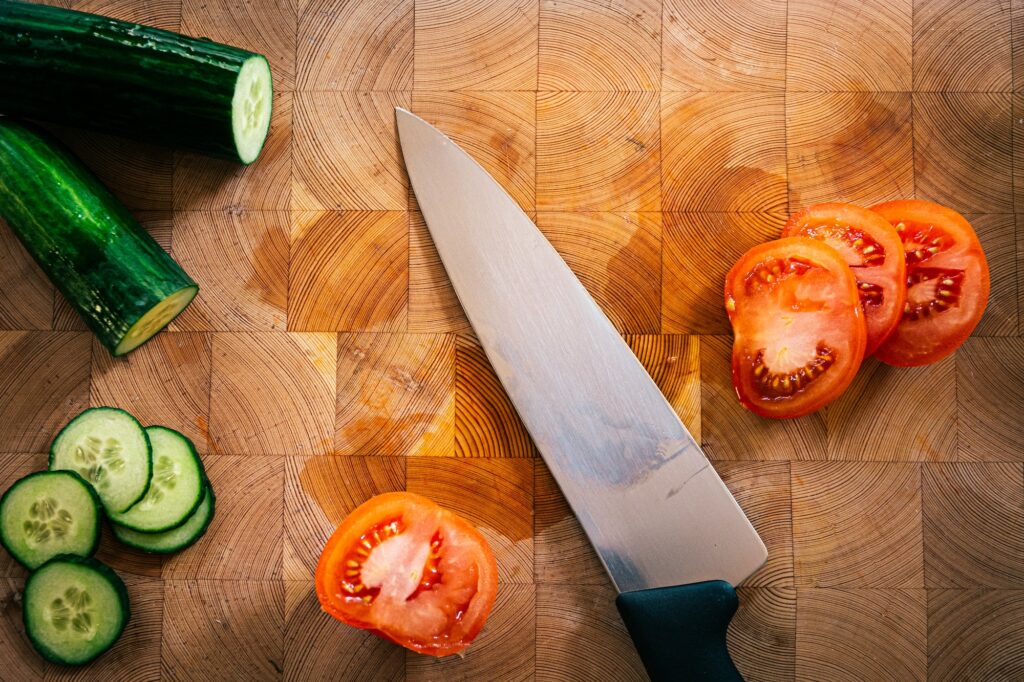In the culinary world, the choice of cutting board can significantly affect food safety and aesthetics. This brings us to the inquirywhy would you use a red cutting board? Red cutting boards are not merely a fashion statement; they also serve practical purposes in the kitchen.
Red cutting boards are traditionally used for cutting raw meats. This color coding system enhances kitchen hygiene and prevents cross-contamination. Understanding the importance of using a color-coded cutting board is vital for kitchen professionals who prioritize safety and efficiency in their food preparation processes.

The Importance of Color Coding Cutting Boards
Using different colored cutting boards is a well-known practice among professional chefs and kitchen staff. By adopting a specific color for various food types, you minimize the risk of foodborne illness.
Red Cutting Boards and Raw Meat
In restaurants and homes, the red cutting board is predominantly associated with raw meat. When preparing meats, using a red board visually reminds chefs that these surfaces require extra attention for cleaning. But is there more to it? Absolutely!
Cleansing and Maintaining Your Red Cutting Board
Like any kitchen tool, maintaining your red cutting board is essential for both performance and longevity. A regular washing routine helps minimize bacteria buildup. It is advisable to follow specific guidelines for wooden boards to ensure they remain hygienic and aesthetically pleasing.
Significance of Material Choice
Commonly found red cutting boards are made out of various materials, such as plastic, wood, or bamboo. Each material has its advantages and disadvantages regarding maintenance and durability.
Understanding Cutting Board Safety
The safety of cutting boards cannot be overstated. Improper use can lead to cross-contamination, impacting food safety. A red cutting board signifies to all kitchen users that they are handling raw meats, which need specialized attention during cleaning.
Texture and Functionality
The texture of a red cutting board can also influence its effectiveness. Boards with a softer surface may dull your knives faster, while harder surfaces can be more durable.
Choosing the Right Red Cutting Board
When selecting a red cutting board, your choices are varied. Factors to consider include size, weight, and durability. This choice can greatly affect your comfort while prepping ingredients.
Caring for Your Red Cutting Board
Proper care extends the life of your red cutting board. Regular cleaning and conditioning can keep it functioning well for years to come. A detailed guide on replacing your cutting board can help you make an informed decision.
Creative Uses for Red Cutting Boards
Beyond its primary function, a red cutting board can shine in creative culinary applications. Use it as a serving platter for meats or even as a vibrant base for your charcuterie selections. This flexibility can contribute to your kitchen's overall aesthetic.
The Influence of Color on Mood and Presentation
Color is also essential in food presentation; a red cutting board can enhance the visual appeal of your dishes. Adding a pop of color can raise the energy of your kitchen while reflecting your style.
Comparing Cutting Board Types
When contrasting the use of plastic and wooden cutting boards, each serves its role in the kitchen. The differences in material can influence your choice based on the tasks at hand.
Red Cutting Boards in Professional Kitchens
Red cutting boards have become a staple in professional kitchens, thanks to their efficiency. The aesthetic appeal combined with practical usage ensures that they stand out as a tool for chefs aiming for excellence.

Incorporating a Red Cutting Board into Your Kitchen
Whether you are a seasoned chef or a kitchen enthusiast, a red cutting board can enhance your culinary experience. Balancing style with functionality makes it an invaluable tool in your cooking arsenal.
FAQs about Red Cutting Boards
- Q: Why is a red cutting board used for meat?
- A: It prevents cross-contamination and enhances safety.
- Q: Can I use a red cutting board for vegetables?
- A: It's best to have separate boards to minimize contamination.
- Q: How do I maintain my red cutting board?
- A: Regular cleaning and conditioning extend its lifespan.
As an Amazon Associate, I earn from qualifying purchases.


























